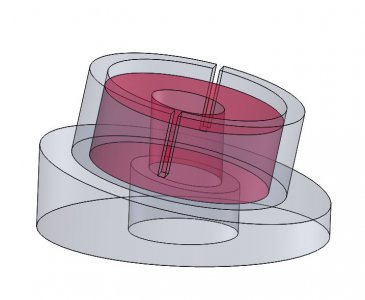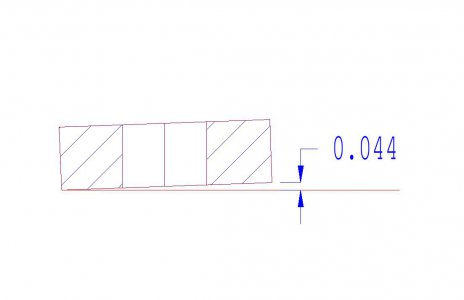This newbie has a question as first post. I am designing a future project, for a time when I have a lathe. I have searched the H-M site and did not find this discussed.
My project will require 32 - 0.5" shaft collars having the 0.5" hole at 2° off the axis of the two parallel faces of the collar, (see the sketch; if it is attached.) I hate to be totally ignorant, but my limited experience does not see a way to do this without a vertical mill, which may be more than I will be able to afford any time soon.
Could someone suggest if, and how, this hole might be machined using a lathe only? If it is possible to intentionally miss-align the collar in a 3-jaw chuck, it would require a 0.044" spacer on one of the three jaws, on the 1.25" OD of the collar, to create the 2°.
I appreciate all the time spent by those of you who are experienced, in order to educate those of us who are still trying to find the "ON" switch. My constant fear is that I will find and use the ON switch... before I learn how to put my brain in gear!
My project will require 32 - 0.5" shaft collars having the 0.5" hole at 2° off the axis of the two parallel faces of the collar, (see the sketch; if it is attached.) I hate to be totally ignorant, but my limited experience does not see a way to do this without a vertical mill, which may be more than I will be able to afford any time soon.
Could someone suggest if, and how, this hole might be machined using a lathe only? If it is possible to intentionally miss-align the collar in a 3-jaw chuck, it would require a 0.044" spacer on one of the three jaws, on the 1.25" OD of the collar, to create the 2°.
I appreciate all the time spent by those of you who are experienced, in order to educate those of us who are still trying to find the "ON" switch. My constant fear is that I will find and use the ON switch... before I learn how to put my brain in gear!



